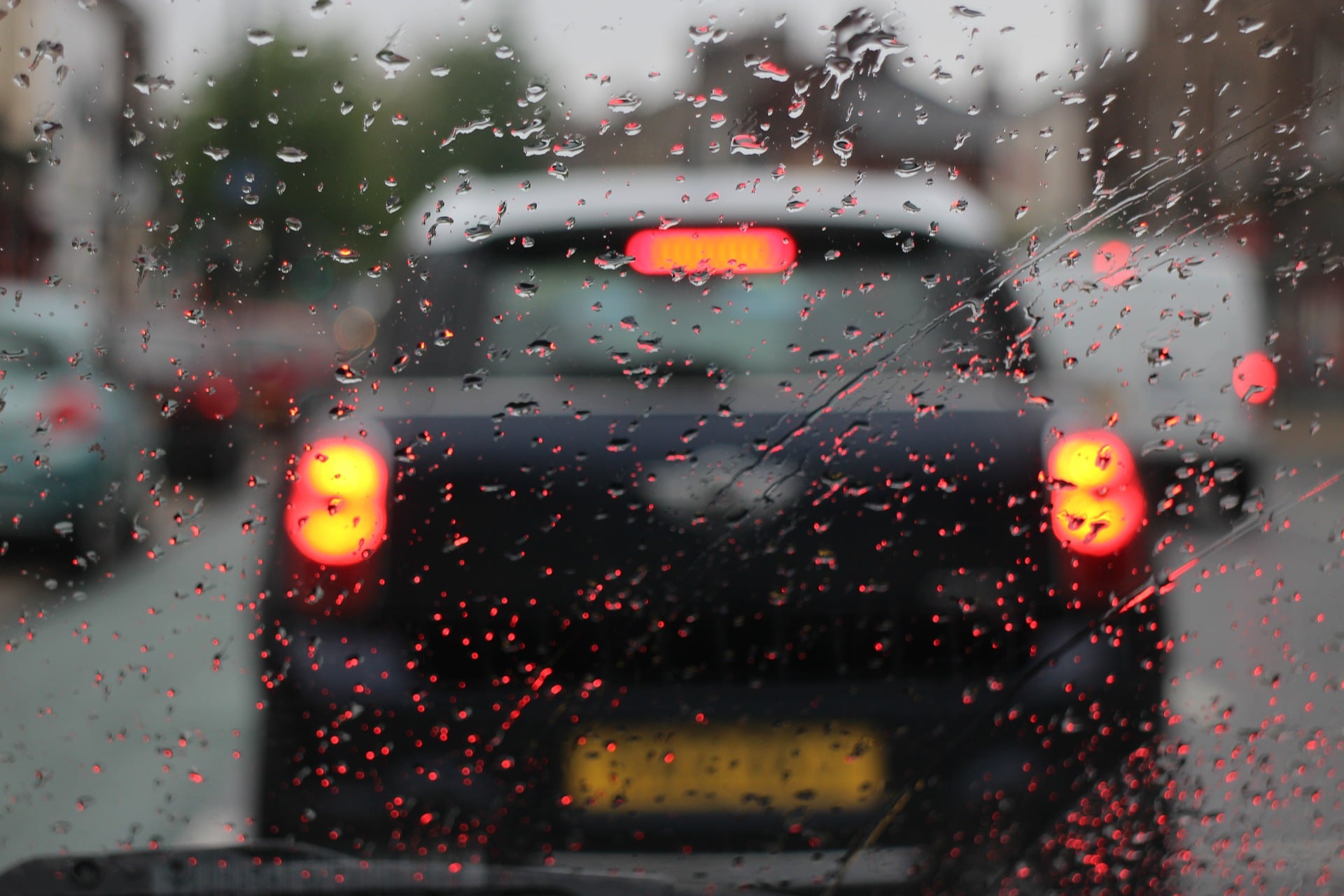Tips on How to Drive in the Rain
Knowing how to drive in the rain is necessary for safe driving—and it’s not just for inexperienced drivers to think about. It’s a skill that needs to be sharpened throughout life. It’s a good idea to regularly review these tips on how to drive in the rain.
Remember Wet Roads are Slippery
One of the most important things about driving in the rain is your mindset. When driving in a heavy snowstorm, people tend to slow down and drive more cautiously. People might not take driving in rain as seriously, but it takes very little water to make driving surfaces potentially dangerous. Having a cautious mindset can really help.
Check Your Tires, Lights, and Wipers
When learning how to drive in the rain, it helps to have a vehicle that is prepared for adverse conditions. Perhaps the most important thing you can do to drive safely in the rain is to properly maintain your vehicle.
Make sure your tires have good tread and have them rotated regularly and replaced when needed. Check your headlights to make sure they are functioning and clear. Also, test your wipers on a regular basis. Having a clear field of vision is important, and badly worn windshield wipers can make driving in the rain especially dangerous.
Turn on Your Headlights
In addition to maximizing your ability to see, you want to make sure you are seen by other drivers. Use your headlights when driving in wet conditions, even during the day. One of the most important things about learning how to drive in the rain is making sure you and the drivers around you have time to react without losing control. Making your vehicle more visible from a distance helps keep you safe.
Use Extra Caution When Changing Lanes
Make sure to double check blind spots and ensure you are clear to merge before changing lanes. Water on side windows can obscure your view. Veering in wet conditions can make you lose control of your vehicle, so make sure you have plenty of room to maneuver.
Increase Following Distance
Give yourself plenty of space when driving in the rain. Follow at a greater distance, about five seconds behind the vehicle in front of you. This will give you more time to react so you can apply your brakes gradually. Braking hard in the rain can lead to hydroplaning or spinning out of control. By taking it slow and staying farther back, you will have the time you need to adjust to any changes in front of you. Remember, the posted speed limit is for ideal driving conditions.
Stay safe and keep these tips for how to drive in the rain in mind. If you have recently been in an accident, contact Cascade Collision today.


